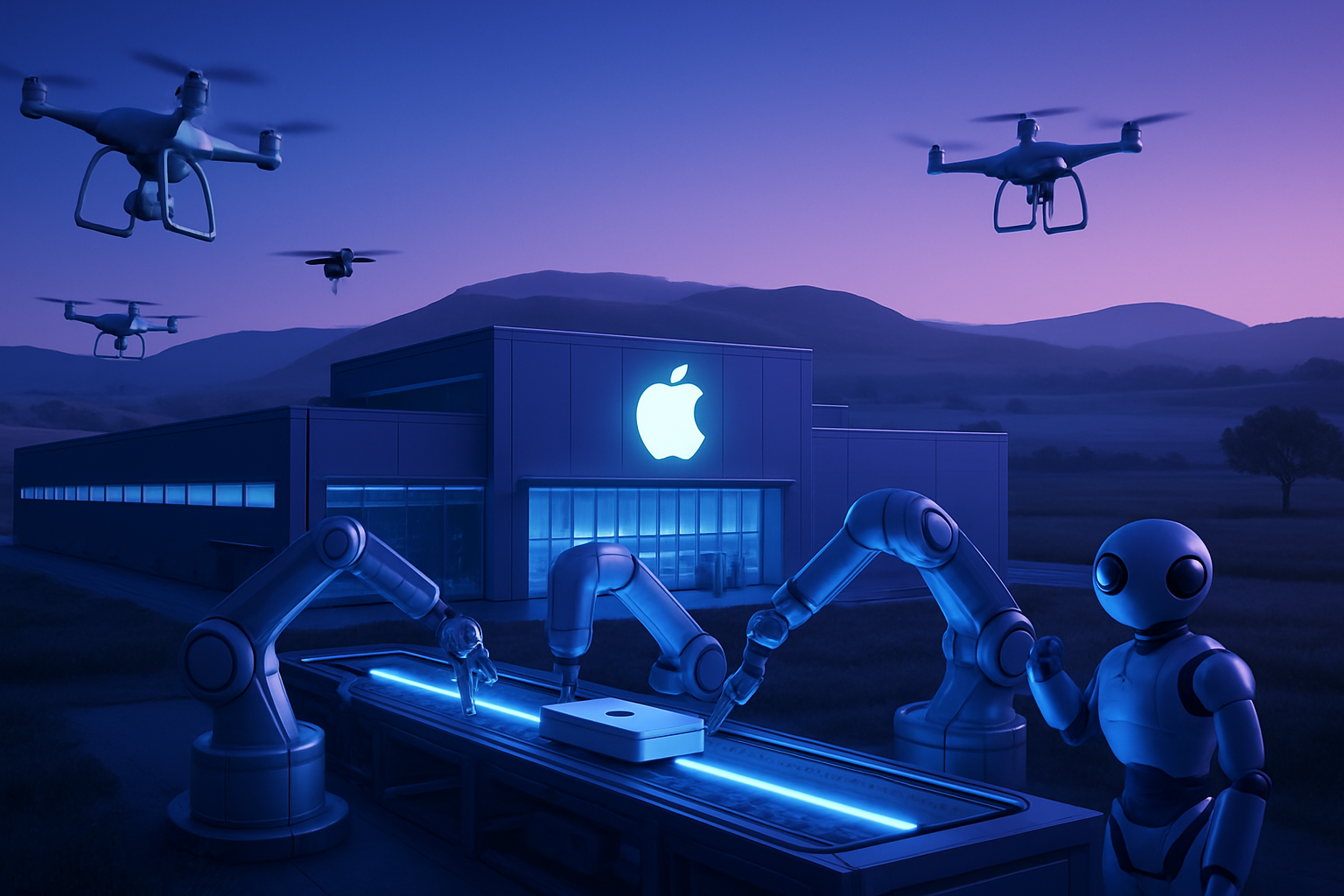The rapid rise of AI is redefining industrial trajectories and shaking up contemporary economic patterns. The local bubbles, born from sometimes excessive excitement, reveal a double face: the flamboyant innovation and the inherent risks of this fervor. Market players are enthusiastic about this promising technology while neglecting the real issues of profitability and viability. Understanding the nature and limitations of AI is to navigate an ocean of opportunities while remaining vigilant against speculative excesses.
The rise of AI in the economic landscape
Artificial intelligence (AI) technologies are transforming all economic sectors, redefining business workflows and influencing investors’ portfolios. AI advancements offer fascinating prospects, but they are also marked by an atmosphere of speculative bubble, reminiscent of the excesses of the dot-com era. In the market, there is a growing concern about the astronomical valuations reached by certain companies in the sector, such as Microsoft and Nvidia.
Excessive optimism and its consequences
Analysts, such as Dan Buckley from DayTrading.com, observe that the current climate is accompanied by excessive enthusiasm for AI. This phenomenon has been fueled by record investments of $560 billion over the past two years. However, the additional revenue expected amounts to only about £35 billion, leaving a concerning gap of $525 billion.
The issue of real profits
The majority of new AI technologies have not yet proven their ability to generate the expected profits. Many companies adopt “greenwashing” strategies, exaggerating their technological capabilities to appear more attractive. Investors behave based on trends rather than concrete indicators, exposing themselves to a high risk of potential losses.
Startups facing precarious funding
Many young companies owe their development to venture capital investments or loans, making them vulnerable to market fluctuations. While giants like Nvidia maintain robust cash flows, others find themselves relying on a highly speculative funding dynamic. This funding model can thwart ambitions, especially in the event of a change in market conditions.
A biased vision of investors
Investors’ perception of AI remains optimistic, often tinged with bullishness. Criticism and doubts about the sustainability of real results remain stifled, paving the way for severe corrections when the climate of confidence collapses. The absence of a more balanced approach to AI performance could hasten the decline of valuations.
Behaviors of novice investors
An influx of novice investors contributes to the swelling of valuations. Inspired by media narratives and trends on social networks, these new entrants stray from economic fundamentals. Behaviors similar to those observed during the current bubble risk leading to brutal corrections, when the reality of performance aligns with speculation.
Investments in AI infrastructure
Despite high-interest rates, large tech companies display sufficient liquidity to continue significant investments in AI. Companies like CoreWeave and OpenAI are accumulating resources, anticipating future demand. However, these strategies carry risks if sales growth fails to accelerate.
Innovation driven by long-term investments
Future investment bets are often focused on long-term growth rather than quick gains. Compared to infrastructures where investments are made, only a few companies, such as Microsoft and Nvidia, are showing substantial profit margins. The risk of an economic bubble has not yet dissipated, but significant efforts are being made to anchor AI as a vital component of industrial operations.
Future perspectives
Eric Schmidt, former CEO of Google, sees AI as the infrastructure of a new industrial era, determined to endure. Innovation continues to evolve while maintaining a balance between optimism and caution. The AI & Big Data Expo is an illustration of this, bringing together industry leaders to discuss contemporary AI challenges.
The double face of AI involves a promise of innovation but also shadow areas that must not be ignored. The need for rigorous evaluation remains imperative.
Market dynamics continue to evolve. Companies must navigate carefully between enthusiasm and the reality of results to ensure a smooth and sustainable evolution of AI within the economic fabric.
Frequently asked questions
What are the main differences between local bubbles and real innovation in artificial intelligence (AI)?
Local bubbles in AI refer to areas of excessive optimism around certain technologies or companies that, despite their potential, do not yet have concrete results. In contrast, real innovation translates into AI applications that generate tangible results and improve processes, thereby contributing to economic growth.
How can one identify if an AI company is in a local bubble?
To identify a local bubble, investors should pay attention to market valuations that are disproportionate relative to current profits, promises of high returns without solid foundations, and marketing speeches focused on AI without proof of real and profitable applications.
Are investments in AI risky due to local bubbles?
Yes, investments in AI can carry high risks if valuations are based on unrealistic expectations and excessive speculation. This can lead to significant losses if the market undergoes a correction, particularly for startups that heavily rely on venture capital.
What are the real applications of AI that avoid the local bubble?
Real applications of AI include improving processes in sectors like finance, logistics, and media. These areas demonstrate how AI can enhance efficiency and generate tangible profits, unlike companies that simply promote their capabilities without concrete results.
How can companies navigate a dual-faceted AI environment?
Companies are encouraged to adopt a cautious approach, prioritizing AI projects based on real use cases and profitability analyses. They should also avoid succumbing to media trends and focus on sustainable developments.
What are the implications of speculation on the future of AI?
Excessive speculation can lead to increased volatility and market instability, making investments uncertain. Therefore, it is essential to maintain a balanced approach that considers long-term growth prospects rather than quick gains.
Will AI and related technologies continue to grow despite local bubbles?
Yes, AI has enormous potential and is likely to continue growing as viable business models emerge and evidence of success is established across various sectors. However, careful attention must be paid to managing associated risks.






